“Digital transformation is in full swing and it’s not for the faint of heart”: Fabian Ebner presents a crown case using 3D printing, showing the benefits of using it in everyday dental work.
In our laboratory, we have already developed various additive process technologies that have been successfully implemented.
We would like to answer the following question: what are the advantages of the prosthetic procedure over removal techniques?
Advantages and disadvantages
The two process technologies mentioned above complement each other perfectly, but do not put them on the same level.
Both have their specific advantages and disadvantages, which ensure that they are recommended for specific application areas.
Instead of comparing them against each other, you should combine these technologies.
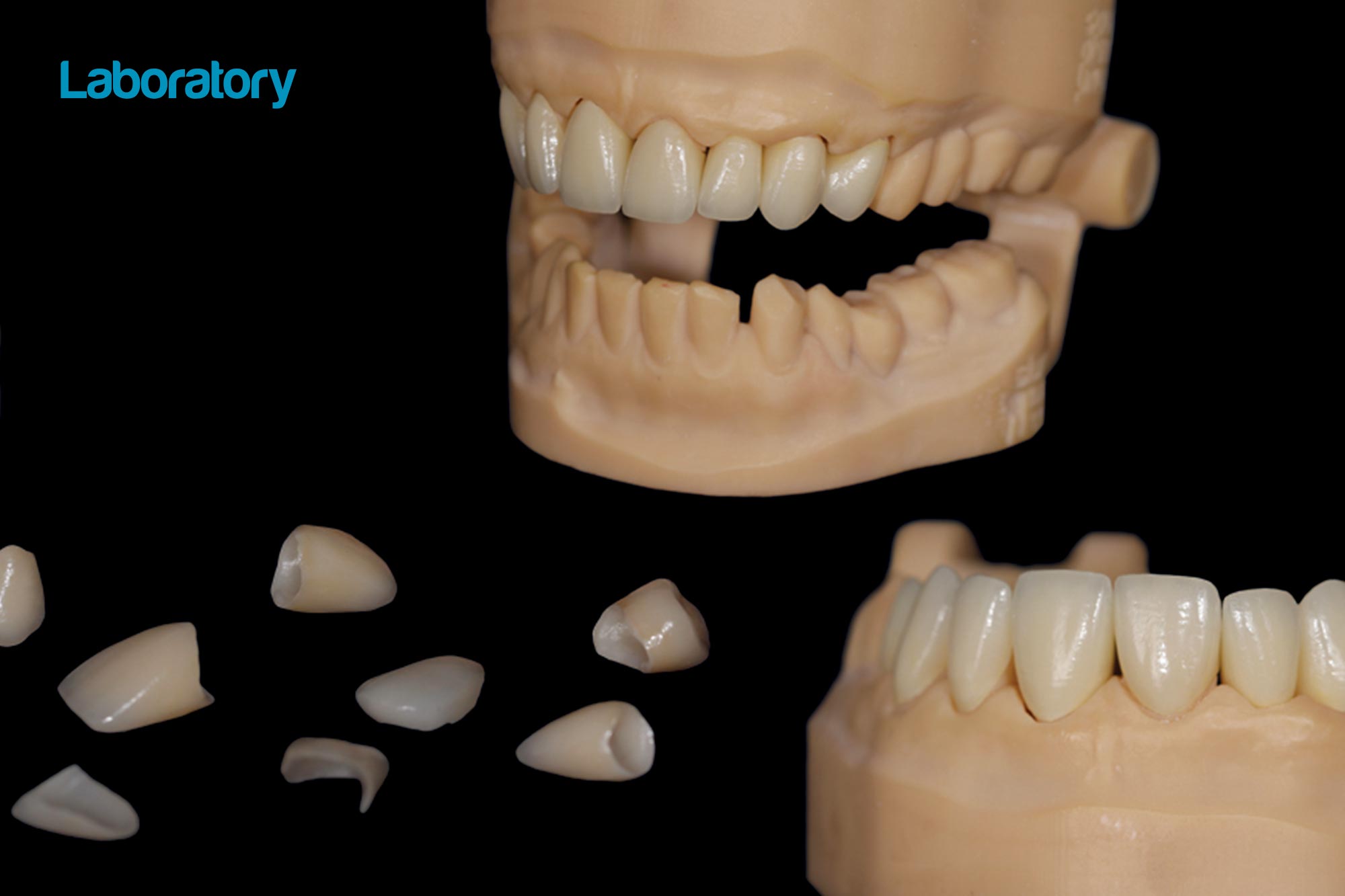
As shown in Figure 1, additive and subtractive process technologies can already be usefully combined today.
For this case, the top and bottom models were 3D printed from a scan taken from an intraoral scanner.
It is especially important to make sure that the bite registration (scanning at the maxillary mesentery) is secure.
Crowns and veneers were designed with CAD/CAM support, milled from IPS E.max ingots and then minimally veneered.
Clearly, this case had a full digital workflow approach.
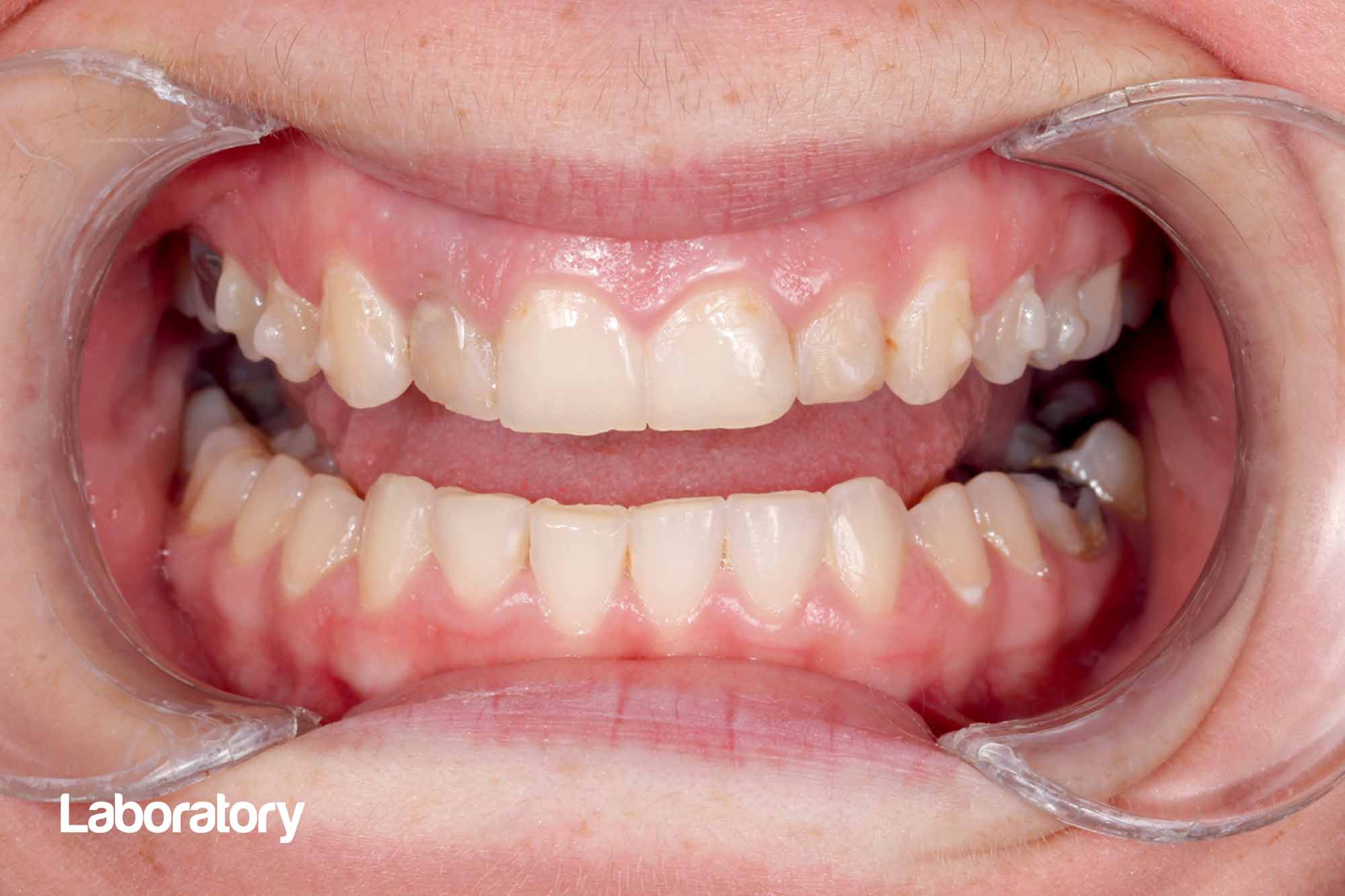
Benefits of technology
Some of the great advantages of CAD/CAM-supported dentistry are high reproducibility, absolute reliability and standardization.
Digital workflow combines high quality and excellent patient care with low unit costs and optimized workflows.
In terms of print times, there are currently no faster print times than with the Nextdent 5100.
We use it to print a fully built platform – that is, horizontal models – in 35 minutes.
In my opinion, 3D printing provides the right answer to the changing work demands in the dental world.
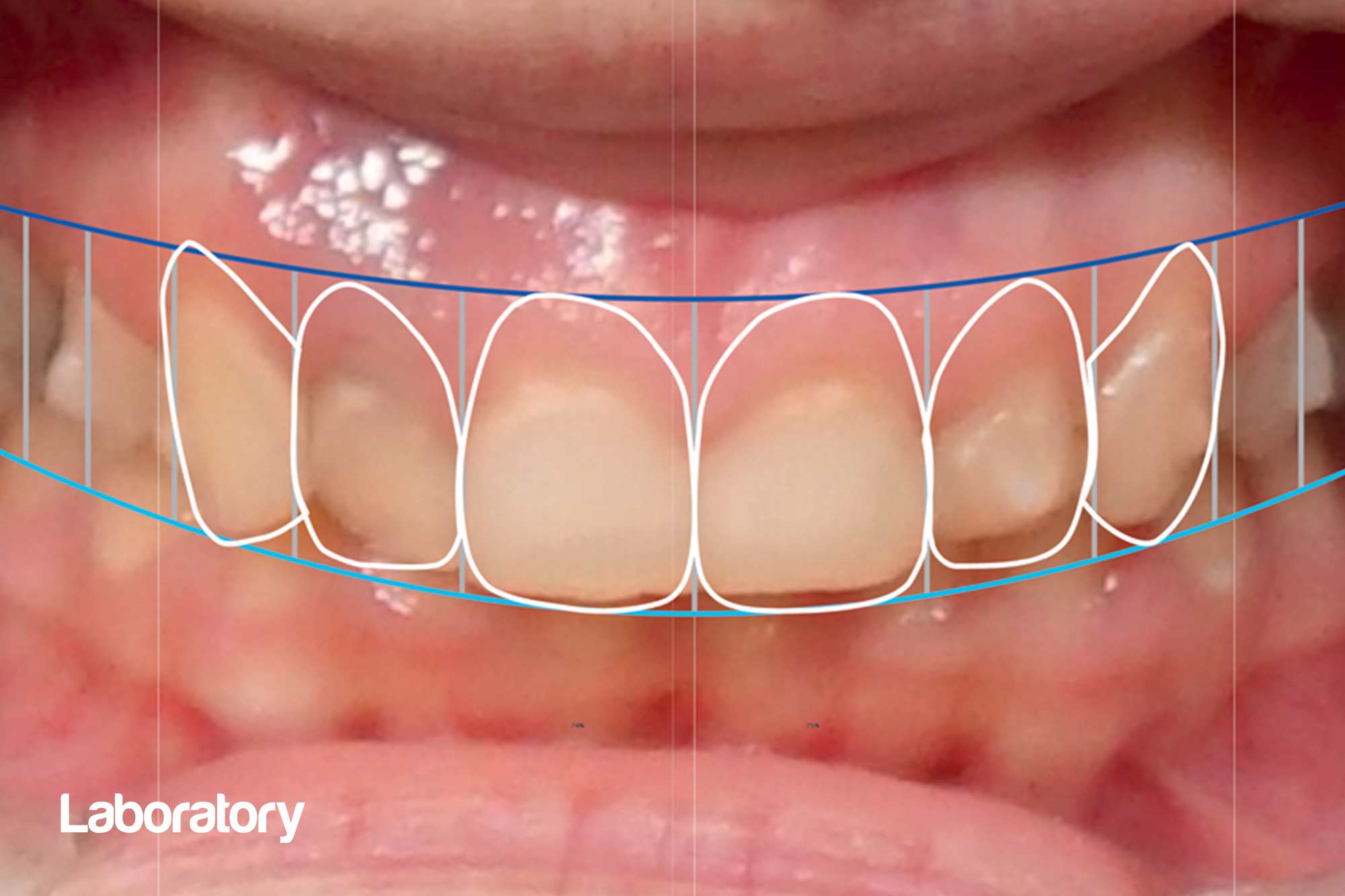
But how do you convey to your customers the added value that this new technology offers?
Now I lecture regularly with my interns. For example, Dr Bruno Valic and I lecture on “Digital dialogue – workflow between dentist and dental technician”.
Patient case
The following patient case is intended to demonstrate a digital workflow as it occurs daily in our laboratory routine.
The patient was unhappy with her gummy smile (Figure 2).
Our approach to cases like this is actually always the same. In planning the case, we used a smile plan and an oral radiograph (Figure 3).
This was followed by a digital waxing of the anterior teeth and the design of a surgical template – both using Exocad software (Figure 4).
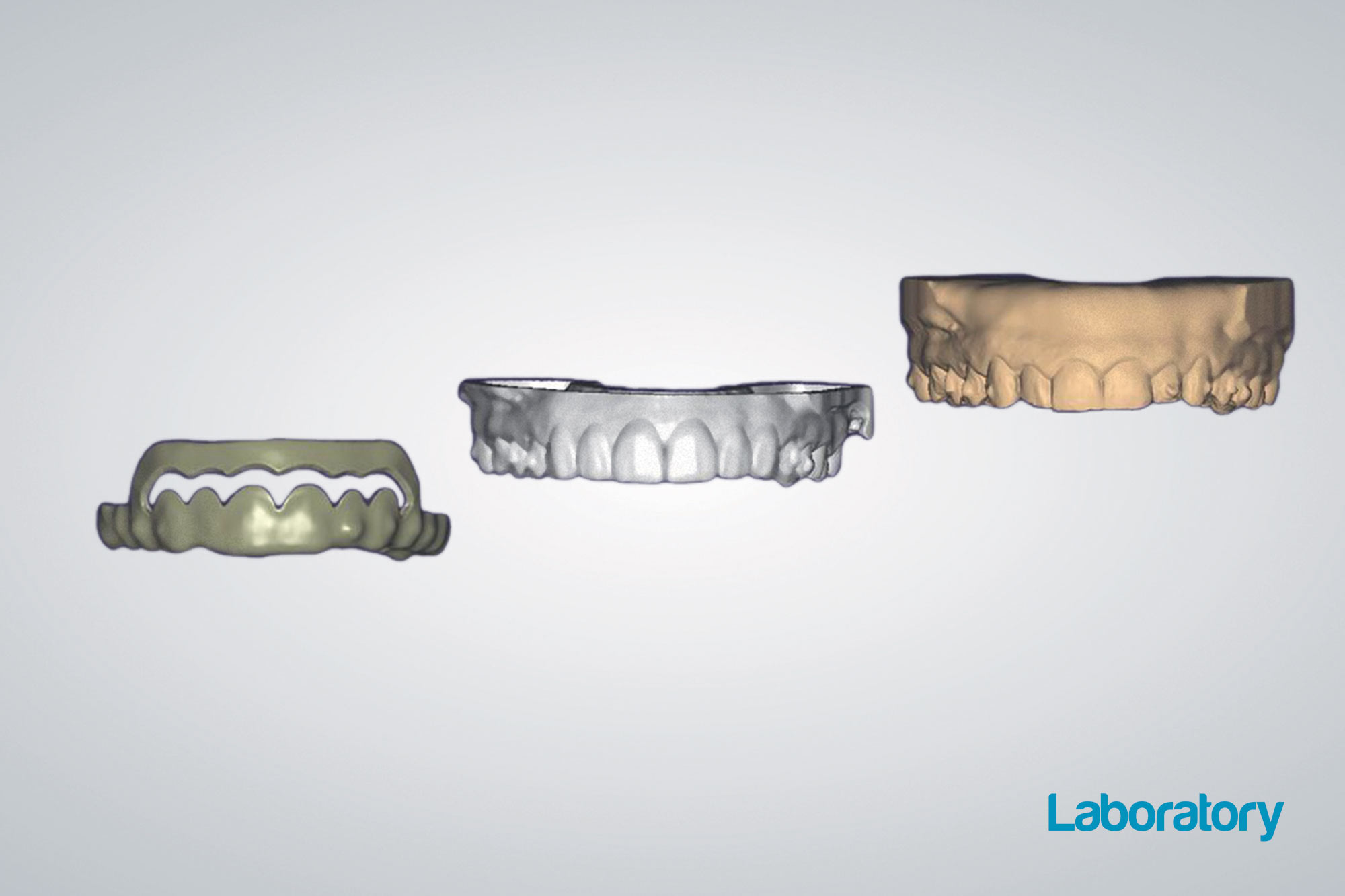
To transfer the planned anterior model to the patient’s mouth, the wax was printed (Figures 5 and 6).
Figure 7 shows the final result after surgical crown lengthening and restoration with veneers (teeth 13 to 23).
In this case, 3D printing was used, as this enabled 1:1 visual preliminary design (Digital Smile Design) in a standardized workflow.
In this way, the patient can see in advance how the anterior situation can change within a very short time.
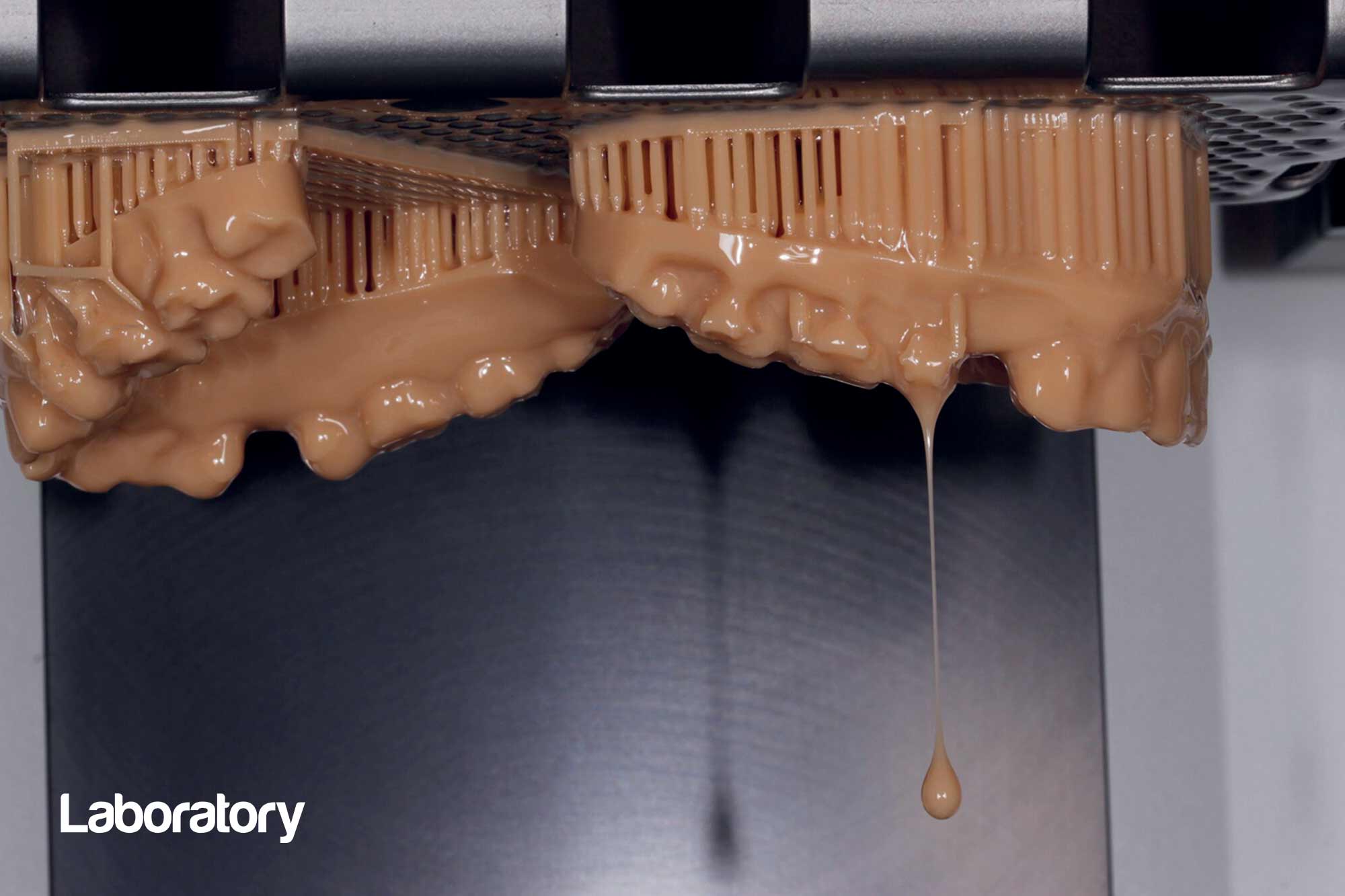
conclusion
Accordingly, it is difficult or impossible to plan and work so predictably.
As expected, there were no surprises or changes. And the satisfaction of the patient and the dentist (Dr. Bruno Valic) showed that we were on the right track.
Only through this combination and further continuous digitization development can we offer an incredible list of possibilities.
The reasons that drove my digital transition were:
- My requirement for quality
- The need to respond to changing customer needs
- Time and cost saving benefits
- Ability to deal with the lack of workers
- A desire to inspire and motivate my staff with this technology
- The question of how reasonable it is today to still use certain concepts in analog form.
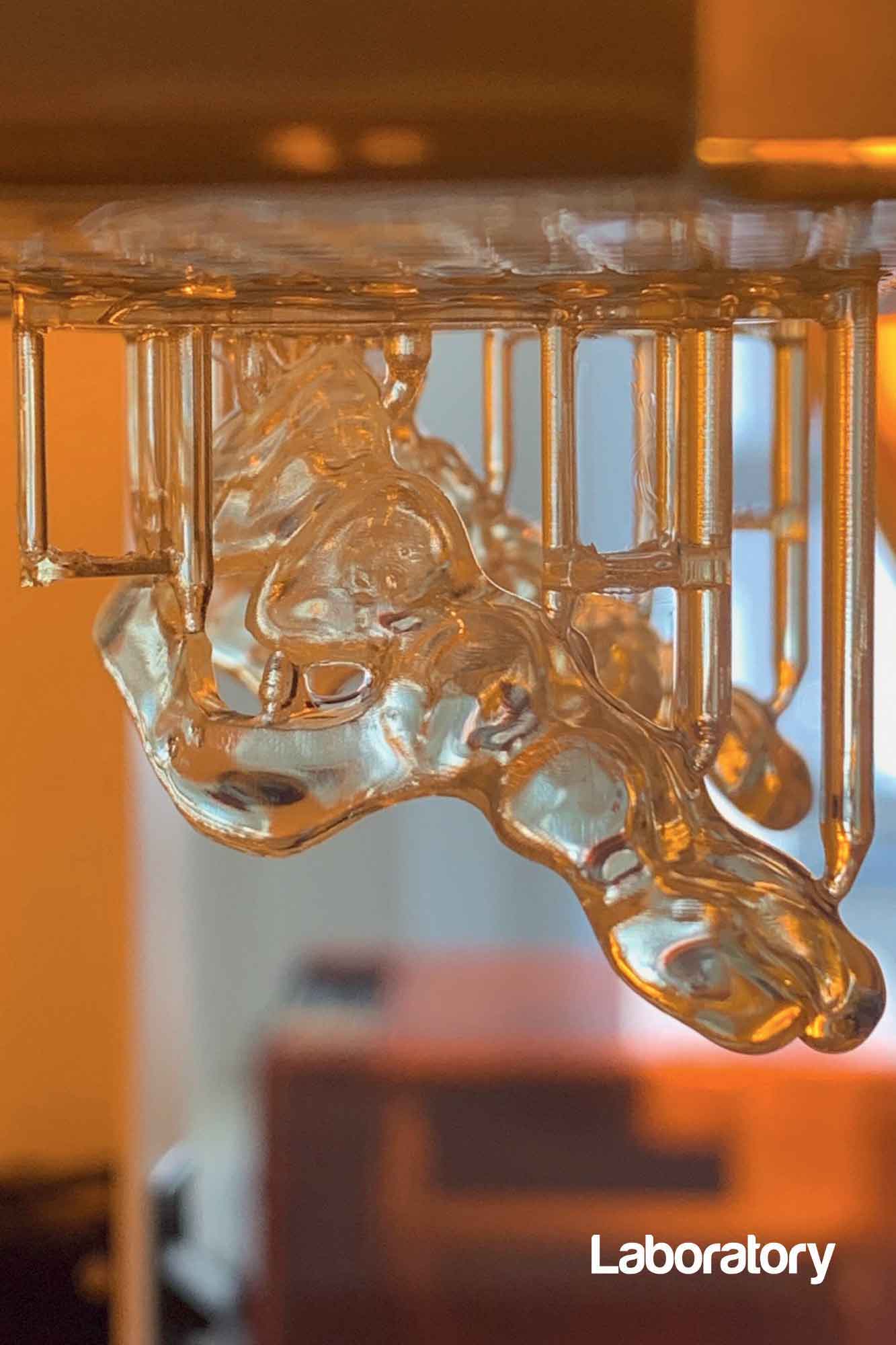
The philosophy of my company is: with the highest sense of aesthetics and the highest precision and with the latest technology, you will attract unique people to work together.
The digital transformation
The so-called Industry 4.0 and the further increase in digitalization of dental technology keep us on our toes.
There are many challenges to overcome. However, we should also keep in mind: “If you don’t keep up with the times, you will go with the times.”
Digital transformation is in full swing and it’s not wrong – it’s no longer enough to jump on the bandwagon. You have to be able to drive it.
The challenge is to leave known structures to develop further.
Dentists will change their treatment methods and the dental laboratory must be ready to meet the new demands.
It is up to us to recognize the new developments and react in time to the digital transformation.
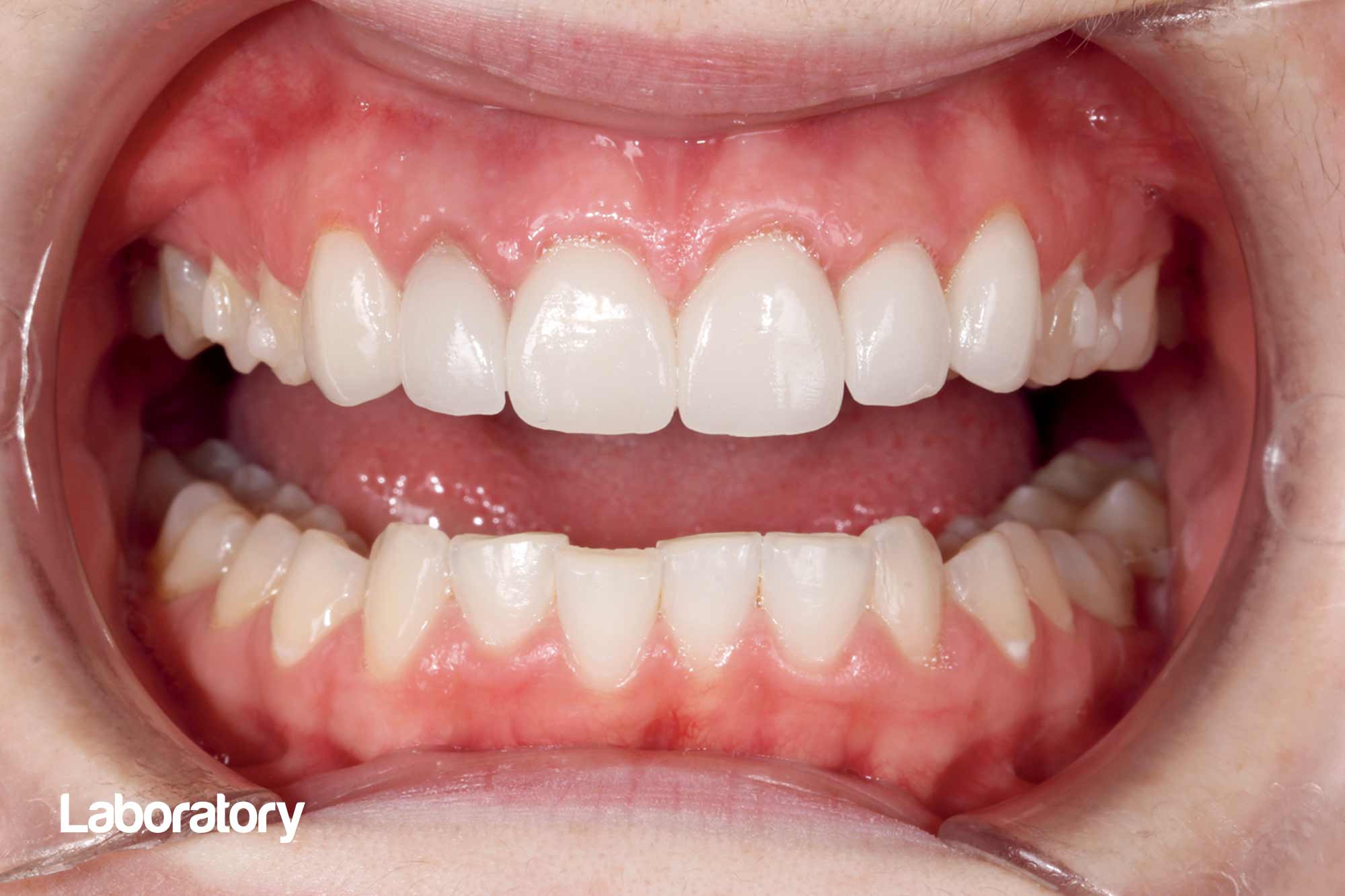
Waiting and seeing is the wrong strategy – you need to be proactive and always stay informed.
Nowadays, it is one of the requirements for dental technicians and dentists to be familiar with the various software solutions.
In addition, they should be able to combine software solutions to be able to properly process and transmit data.
I am convinced that the transition to digital dental technology should be a step-by-step process.
That is, you should start one application and then, step by step, add multiple applications and workflows.
This way you can slowly but steadily gain experience.

